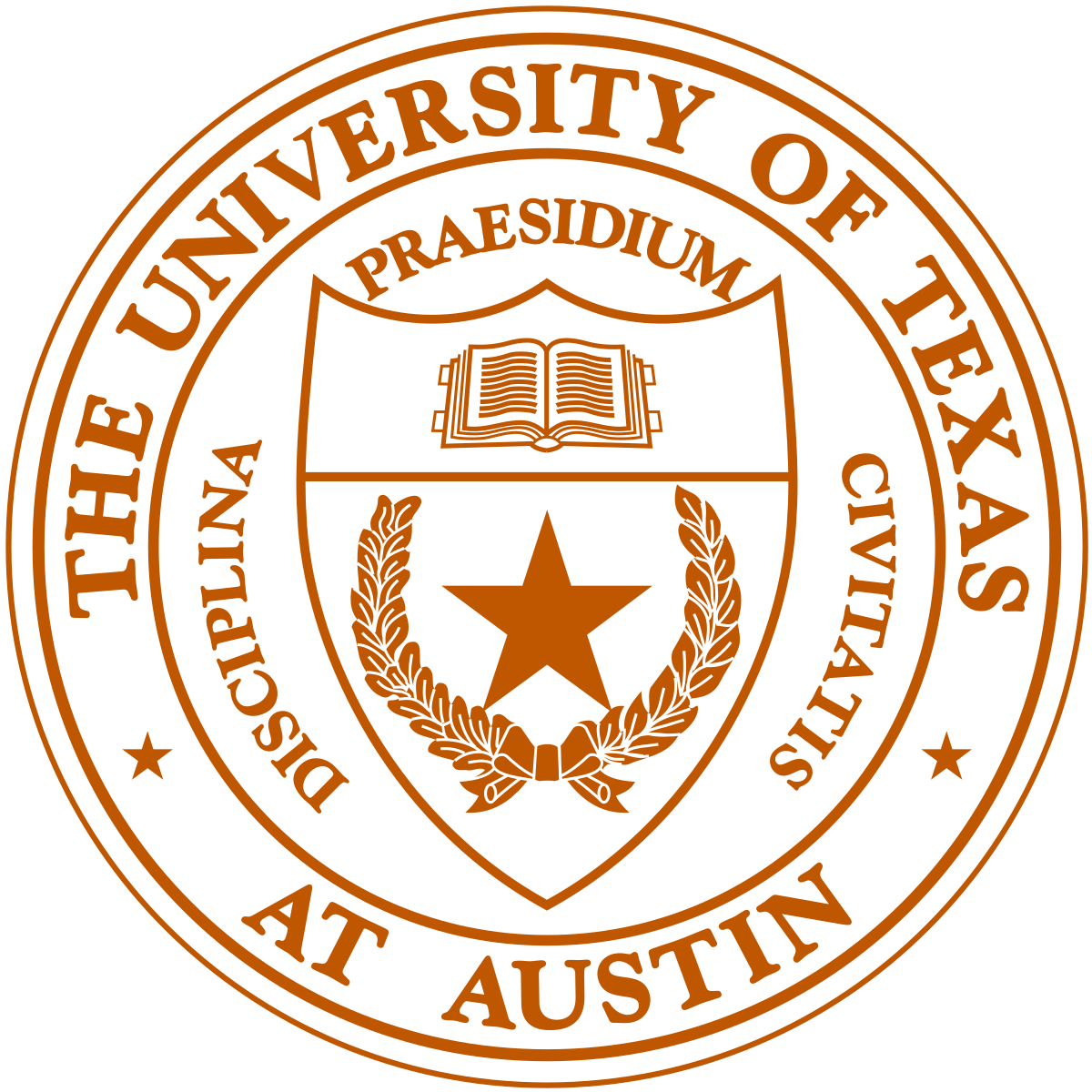Top 10 Most Affordable Universities in the US for International Students

.jpg)
The United States is the top choice for international students who want to pursue higher studies. It is a famous country for learning various subjects. In a report from 2023, about a million students worldwide were admitted into different programs in the US. However, studying there can be expensive, but it does not always have to be the case.
This article will discuss the top 10 cheapest high-ranking US colleges and universities for international students. These institutions are pocket-friendly and do not compromise on their quality of education.
Why Study in the US?
It's no secret that many students worldwide try to get into the top educational institutes in the USA every year. More than 350 US universities were on the QS world rankings list from 2023, and many of them have famous research centers.
We've made a list of reasons why you should also consider studying in the US-
- Academic Excellence: The US is home to top-ranked universities and sets the standard when it comes to higher education.
- Globally Acknowledged Degree: Graduating from a US university earns you a degree that is recognized worldwide.
- Flexible Education System: The US education system promotes interdisciplinary learning and permits students to choose from various subjects.
- Career Opportunities: The US is home to top companies such as Microsoft, Apple, Amazon, and JP Morgan Chase, making it rich in career opportunities. Employers also value international students' skills and experience.
- Research Opportunities: The US is an ideal hot spot for students worldwide who are interested in research because of its world-class academic quality, state-of-the-art facilities, and research-oriented expertise. Each university houses a reputed panel of faculty members and scientists.
- Financial Aid: The US provides its students with financial aid, such as loans, grants, assistantships, fee waivers, and scholarships.
- Campus Life Experience: Studying in the US offers educational and cultural enrichment through diverse campus activities and organizations, encouraging engagement with American culture and promoting new connections.
- Cultural Diversity: The US is a melting pot of different cultures, races, and ethnicities, and its diverse environment ensures acceptance among all communities.
- Support Service for International Students: The international student office at colleges and universities offers support, including orientation, visa guidance, financial assistance, and more throughout your academic journey.
Average Fees for an International Student in the US
How much an international student pays in the US varies on certain factors. It depends on your university, what you're studying, and how long your program is. Also, private universities usually cost more than public ones.
Here's a list of the annual tuition, depending on the program you're enrolled in.
Program | Annual Tuition |
Bachelor's | $15,000-$45,000 |
Master's | $15,000-$75,000 |
PhD | Fully Funded (Generally) |
US universities also provide financial aid like grants and scholarships to help pay the fees.
10 Cheapest Universities in the US
In the list below, we discuss ten of the cheapest universities for international students in the US. We've also mentioned additional details that may interest you, like which universities waive off the GRE and the average salary you could draw once you graduate from these universities.
 University of California - Berkeley
University of California - Berkeley
- Rated as the best University in the University of California system.
- UC Berkeley ranks 10 on the QS World University Rankings.
- The average tuition for an international student is $26,770.
- The GRE is waived for certain departments like the EECS.
- UC Berkeley is best known for its majors like electrical engineering, computer science, business, economics, and political science.
 University of California - Los Angeles
University of California - Los Angeles
- It is the most prestigious university in southern California.
- UCLA ranks 29 on the QS World University Rankings.
- The average tuition is $26,600.
- The average salary you would receive if you graduate from UCLA is $120,000.
- Certain departments at UCLA do not require the GRE, like Computer Science.
 Purdue University
Purdue University
- It is a world-renowned public research university.
- Purdue University ranks 99 on the QS World University Rankings.
- The average fee for an out-of-state student is $29,900.
- The average salary for a student with a Purdue degree is $87,000.
- Purdue's Department of Computer Science does not require GRE scores.
 University of California - San Diego
University of California - San Diego
- It is recognized as one of the top 20 research universities worldwide.
- UCSD ranks 62 on the QS World University Rankings.
- The average tuition fee for an international student is $26,850.
- The university offers a good location for jobs.
- UCSD's Department of Computer Science has no minimum GRE score requirement.
 University of California - Irvine
University of California - Irvine
- It is a public land-grant research university in Irvine.
- UC Irvine ranks 268 on the QS World University Rankings.
- The average tuition for an international student is $26,700.
- The average salary if you graduate with a degree from UC Irvine is $96,000.
- Popular majors include Social Sciences, Business, Management, Marketing, and Related Support Services.
Looking to Study in the US?
Students who enroll with us get an average scholarship of $10,000- $15,000.
 Cornell University
Cornell University
- It is a private Ivy League land-grant research university.
- Cornell ranks 13 on the QS World University Rankings.
- The average tuition for an international student at Cornell is $29,500.
- The average salary for a student with a degree from Cornell is $125,000.
- Popular majors include Engineering, Biology, Agriculture, Architecture, and Hotel Administration.
 University of Wisconsin - Madison
University of Wisconsin - Madison
- One of the top MS schools.
- UW-Madison ranks 102 on the QS World University Rankings.
- The average tuition for an international student is $24,000.
- The average salary after a degree at UW-Madison is $99,000.
- Popular majors include Computer and Information Sciences, Economics, Psychology, Biology, and Biological sciences.
 University of Texas - Austin
University of Texas - Austin
- It is one of the top research-oriented universities and the best in the University of Texas system.
- UT-Austin ranks 58 on the QS World University Rankings.
- The average tuition fee for an international student is $19,400.
- The College of Education does not require you to submit GRE scores.
- UT-Austin is known for its competitive Computer Science, Engineering, and Business majors.
 University of Maryland, College Park
University of Maryland, College Park
- The University of Maryland has a great market reputation.
- It ranks 169 on the QS World University Rankings.
- The average tuition for an international student is $28,000.
- The average salary for a U Maryland graduate is $105,000.
- U Maryland is known for its Education and Engineering programs.
 University of California, Davis
University of California, Davis
- Originally starting as an agricultural university, UC Davis now ranks second in the world for veterinary science.
- UC Davis ranks 118 on the QS World University Rankings.
- The average tuition for an out-of-state student is $28,700.
- The average salary for a UC Davis graduate is $100,000.
- UC Davis is famous for its College of Agricultural and Environmental Science and Biological Sciences.
Save Money While Applying to Universities
Following these tips can help you save money while applying to universities abroad, making it more affordable.
- Apply for scholarships: While most universities offer scholarships along with the admission letter, you can also apply for third-party scholarships like the Foreign Fullbright Student Program and AAUW International Fellowships.
- Apply for Fee Waivers: Some universities offer application fee waivers for students with financial needs. Join us at YM Grad and let us complete your application for free.
- Use online resources: Utilize free online resources for test preparation instead of expensive prep courses.
- Apply for Financial Aid: Some universities offer financial aid to international students. Check their websites for information on how to apply.
- Consider Cost of Living: Consider the cost of living in different cities where universities are located.
Earn While Studying in the US
Once you are in the US and admitted into your dream university, there are ways you can earn some money while studying. Of course, you do need a permit to work. The US has various training programs that allow students to gain work experience in the US. The most popular ones are Curricular Practical Training and Optional Practical Training.
CPT is like a permission slip for international students on an F-1 visa to do internships or co-op programs related to their studies. It's temporary and tied to specific employers, and you have to do it before you finish school. OPT allows students to work for up to 12 months in a job related to their field of study. You must study in a full-time, on-campus program at a SEVP-certified university to be eligible for CPT and OPT.
Below, we've created a table to help you understand these training programs better.
| Criteria | Curricular Practical Training (CPT) | Optional Practical Training (OPT) |
Academic Requirements | You can work on CPT if your academic program requires an internship or other training opportunity. | You can work through OPT for jobs related to your course of study, but earning your degree is not required. |
| Employment Timing | CPT must be completed before you graduate. | OPT can be before or after you leave school |
| Authorization Requirments | CPT does not have any such requirements. | The OPT requires you to apply for employment authorization through USCIS. |
| Eligibility | Have a valid F-1 visa and a job offer specific to the course, meeting the school's requirements. | You must have a valid F-1 visa, be engaged in work directly related to your field of study, and not have used 12 months or more on CPT. |
| Duration | CPT can be done for 12 months. | The duration of OPT is 12 months and can be extended up to 24 months. |
| Application Fee | CPT has no additional fees outside your student visa requirements and tuition. | Submitting an application to USCIS for OPT requires a fee of US $410 |
Conclusion
Pursuing your higher education in the United States does not have to be a far-fetched dream. Our articles and consultation can help you learn about universities and colleges that are accessible to everyone, regardless of where in the world you come from. If you're still struggling to find the perfect university, consider using our profile evaluation and university shortlisting service. Our team will carefully assess your profile and select the universities that best fit your needs. We'll curate a tailored list based on your preferences and data gained from similar profiles over the past years. This personalized approach is designed to bring you closer to achieving your academic aspirations.
Don't hesitate—apply today and allow us to steer you towards a brighter future.
Frequently Asked Questions!

The average cost of a bachelor's degree at a public college in the US is between $20,000 and $35,000.

US universities offer international students various financial aid options, including scholarships, loans, and work-study programs.

The average part-time salary for an international student in the US is 7.25 USD per hour, the federal minimum wage, but it may vary depending on your location.

If an international student cannot pay their fees, he/she will be unenrolled by the university and the Department of Home Affairs may withdraw their student visa.

No, a study reports that Australia and Singapore are the most expensive countries for an international student.

Yes, you can earn while studying in the US, provided you receive authorization to do the same.

The cost of living for international students in the US is estimated to be between $10,000 and $25,000 per year, or $1,000-$2,000 per month. This includes accommodation, food, travel, textbooks, and entertainment purposes.

Texas is the cheapest state in the US for international students. They also offer a competitive scholarship waiver program for non-resident students who receive a scholarship of at least $1,000.

Yes, almost all universities provide scholarships along with the admission letter to their international students, though there may be fewer opportunities for non-residents. The most common scholarships are merit-based and can be awarded based on Grade Point Average(GPA), high test scores, and special skills, such as athletic or artistic talent.

Unless you're enrolled in training programs like OPT, you have 60 days after graduation to stay in the US.




